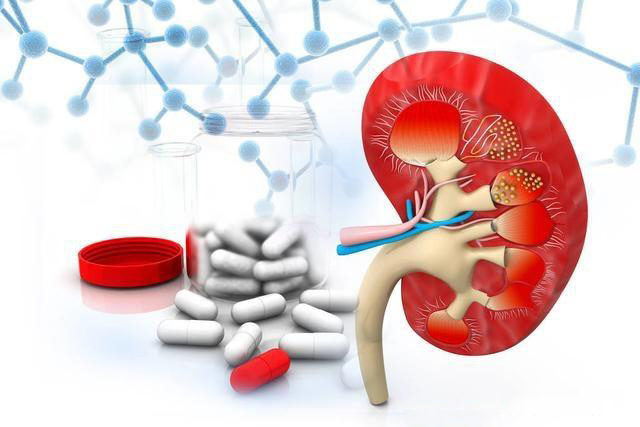January 31, 2021
Tag:
More and more evidences show that the accumulation of intracellular lipid in kidney will induce the pathogenesis of kidney disease. Lipid accumulation was observed in both genetic and non genetic origins of kidney disease. Data from three different animal models of kidney disease show that hydroxypropyl - β - cyclodextrin can reduce intracellular renal lipid, prevent renal structural damage, and restore function.
Dyslipidemia is common in patients with chronic kidney disease, including high blood cholesterol levels (hypercholesterolemia) and cholesterol accumulation in the kidney. Recent studies have shown that the increase of cholesterol in the kidney, not in the blood, is the cause of the onset and progression of kidney disease.
Compared with untreated diabetic mice, hydroxypropyl beta cyclodextrin significantly reduced total cholesterol in renal cortex. This is associated with a significant reduction in renal damage. It is suggested that 2-HP β CD may be a therapeutic method for renal diseases. In vitro and in vivo studies of animal models representing three different types of kidney diseases (diabetic nephropathy, FSGS and Alport syndrome) were consistent.
The main candidate drug for kidney is hydroxypropyl - β - cyclodextrin (HP β CD), a cholesterol efflux mediator, which has been proved in preclinical studies to promote cholesterol clearance of podocytes (a component of renal filtration system), and slow down podocyte damage and progression of kidney disease.



Contact Us
Tel: (+86) 400 610 1188
WhatsApp/Telegram/Wechat: +86 13621645194
Follow Us:




 Pharma Sources Insight January 2025
Pharma Sources Insight January 2025


